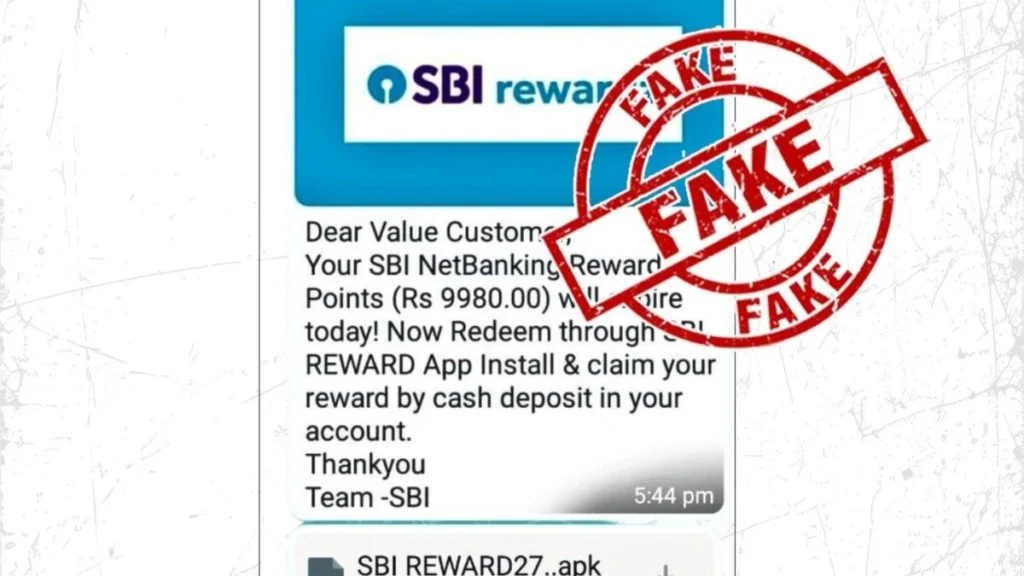The misuse of advanced technology, particularly deepfakes, has emerged as a major threat in recent years. Deepfake videos, powered by artificial intelligence (AI), are being weaponized to spread misinformation and commit fraud. The latest victims of this malicious trend include customers of India’s largest bank, State Bank of India (SBI). Fraudsters are creating deepfake videos of top SBI executives endorsing fake investment schemes, luring unsuspecting customers into scams that promise unrealistic returns.
This incident highlights not only the dangers of deepfake technology but also the urgent need for digital vigilance.
What Happened: SBI’s Public Caution Notice
SBI recently issued a public warning via its social media channels, cautioning customers about deepfake videos circulating online. These videos falsely feature senior bank executives promoting investment schemes that promise abnormally high returns.
The bank clarified:
“State Bank of India or any of its officials do not endorse or offer such schemes. We urge customers to avoid engaging with these fraudulent videos and remain vigilant.”
SBI further emphasized that such schemes exploit public trust to siphon money from unsuspecting victims. The videos appear authentic, making it difficult for viewers to discern their fraudulent nature.

Understanding Deepfake Technology: How Does It Work?
Deepfake technology utilizes artificial intelligence and machine learning to create hyper-realistic videos or audio content. Here’s how it works:
- Training AI Models: AI systems analyze thousands of images, videos, and voice samples of an individual.
- Superimposing Content: The technology then overlays another person’s voice or face onto existing footage.
- Realistic Manipulation: The result is a manipulated video or audio clip where the individual appears to say or do things they never did.
Deepfakes are highly convincing and hard to detect, especially when executed skillfully.
The Risks of Deepfake Fraud in Financial Sectors:
The increasing accessibility of deepfake tools poses a serious risk to financial institutions and their customers. Here are the key concerns:
- Trust Exploitation: Videos of senior bank executives carry credibility, making it easier to deceive victims.
- Financial Losses: Victims invest in fake schemes, leading to monetary losses.
- Reputational Damage: Banks and organizations suffer significant harm to their reputations.
- Cybersecurity Challenges: Detecting and combating deepfakes requires advanced tools and awareness.
The financial sector is particularly vulnerable due to the trust people place in banking professionals.
How to Identify and Detect Deepfake Videos?
While deepfake videos are sophisticated, there are ways to detect their inconsistencies:
- Unnatural Facial Movements: Look for abnormal blinking, lip-sync issues, or unnatural expressions.
- Voice Mismatches: Listen closely for discrepancies in speech tone, cadence, or unnatural robotic sounds.
- Lighting and Shadows: Deepfake videos often fail to replicate realistic lighting and shadows.
- Source Verification: Always verify the video source through official websites or social media handles of trusted organizations.
For instance, customers should cross-check any financial scheme with SBI’s official website or customer care.
How to Protect Yourself from Deepfake Scams?
Here are practical steps to safeguard yourself:
- Verify Authenticity: Always confirm news or promotions from the official bank channels.
- Be Skeptical of Unrealistic Promises: High-return schemes often signal a scam.
- Report Suspicious Content: If you encounter deepfake videos or fraudulent schemes, report them immediately to the bank or cybercrime authorities.
- Stay Updated: Follow trusted sources for news on scams and cybersecurity awareness.
Being vigilant and informed is key to avoiding these fraudulent traps.
Conclusion: The Need for Digital Vigilance
The SBI deepfake incident serves as a wake-up call for everyone in the digital age. As AI technology continues to advance, so does its misuse. Banks, customers, and cybersecurity experts must collaborate to combat deepfake fraud effectively.
Customers are urged to exercise caution, verify information from trusted sources, and report suspicious activities. In this rapidly evolving digital landscape, awareness and vigilance are our best defenses against scams.

Pooja is an enthusiastic writer who loves to dive into topics related to culture, wellness, and lifestyle. With a creative spirit and a knack for storytelling, she brings fresh insights and thoughtful perspectives to her writing. Pooja is always eager to explore new ideas and share them with her readers.